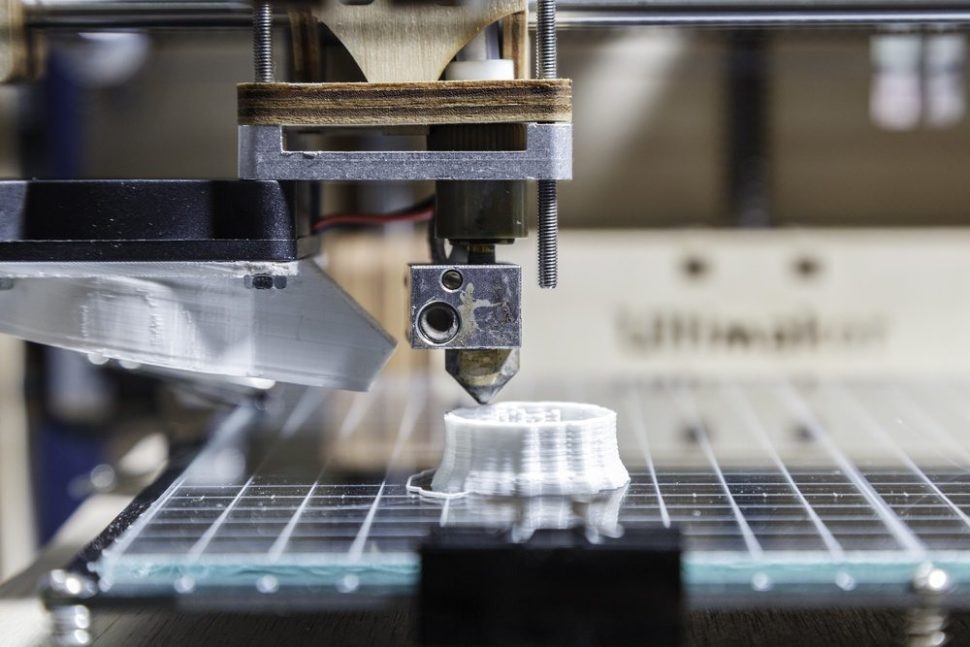Presented as groundbreaking just less than a year ago, an episode of the wildly popular medical drama Grey’s Anatomy featured the reconstruction of a teenager’s ribcage using a 3D printing technique.
Now, researchers have developed a new type of artificial bone using 3D printing known as the “hyperelastic bone.” While further research and testing are required, the prototype seems to have a viable answer for many of the issues associated with transplanting, replacing and even regenerating parts of the human body.
State of the Art Instruments in Operating Rooms
3D printing successfully solves many of the challenges facing modern medicine. The technology itself might make it possible to replace any body part from head to toe. 3D printing can create more affordable prosthetics while being specifically tailored to each patient.
“Bioprinting or 4D printing would assist the body in repairing damaged tissues from the body’s own stem cells”
As presented in the journal Science Translational Medicine, a team of doctors and engineers at Northwestern University have developed hyperelastic bone technology. The innovation (thanks to 3D Printing) promises to avoid all of the hiccups typically associated with artificial bones.
The hyperelastic bone is the first prosthetic of its kind and boasts the potential to effectively mimic biological bones, rarely cause inflammation, not be rejected by the body, transplant more easily, and cost less.
With any transplant, there is always the risk that the body will reject it. Transplanting large sections of bone is no different, and the procedure is typically ineffective or rejected altogether.
Because hyperelastic bone is custom-built using biocompatible materials, it is expected to be more readily accepted by the body.
Furthermore, instead of substituting the bone all together, the biocompatible materials function more like degradable stitches: they are meant to serve as scaffolds that allow a patient’s own bone cells to regenerate before the scaffolds then disappear.
From the Hyperelastic Bone to 4D Printing
Now that artificial implants have become a fairly standard practice, researchers are focusing on the next challenge: creating functioning cells.
Bioprinting, or 4D printing, would assist the body in repairing damaged tissues using the body’s own stem cells in order to expedite the healing process and reduce the risk of rejection and even infection.
While the concepts of bioprinting and 3D printing are similar, viable bioprinting currently still faces huge impediments like the inability to integrate artificial cells with the body’s circulatory system. Without blood vessels to supply nutrients to and carry waste away from the printed cells, they expire quickly.



















Comments (0)
Least Recent